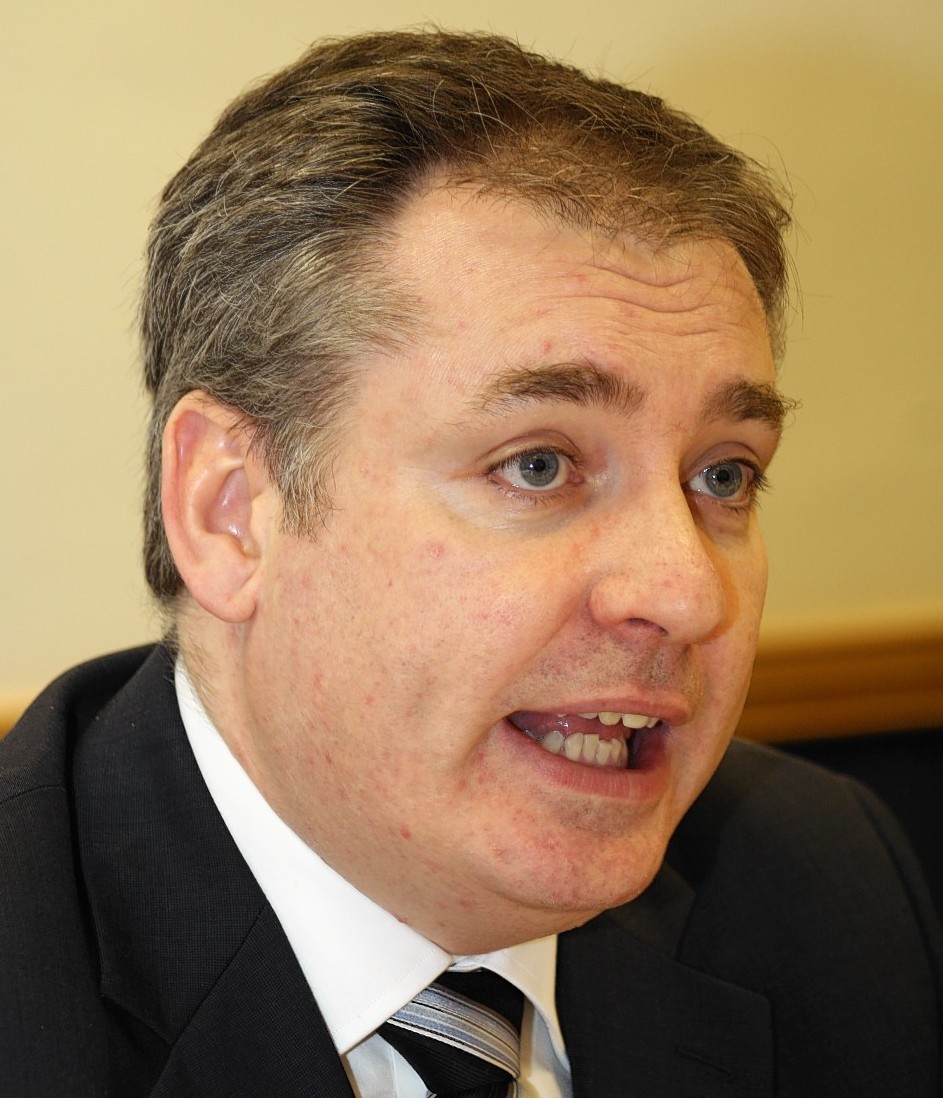Farmers in the north-east will be nearly £24million worse off by 2019 under the new European farm subsidies regime.
Farm minister Richard Lochhead yesterday announced details of how the Scottish Government will implement changes to the Common Agricultural Policy (Cap).
Mr Lochhead outlined how £4.1billion will be paid out to Scotland’s rural community between 2015 and 2020 – £2.8billion in direct support to farmers and crofters and £1.3billion on rural projects and environmental schemes under the government’s rural development programme.
The new Cap regime, which was set by the European Commission, calls for a change in the way farmers are paid subsidy support.
The current regime, which will end this year, is based on historic payments. However, by 2020 all farmers will be paid support based on an area-based model.
The shift from historic to area-based payments involves a massive redistribution of funds to try and ensure all farmers are paid similar levels of support.
According to Scottish Government modelling, farmers in certain areas will receive much less money (see diagram) while others are set to be paid more.
This will result in a loss of nearly £24million a year to the 3,559 farm business in the north-east – around £6,743 for each farm – and a gain of around £4.75million to farmers and crofters in the Western Isles.
Mr Lochhead last night said he was under no illusions that the new Cap package would not please everyone but said it would focus on targeting support towards active farmers only.
He said: “In the face of the constraints imposed by the UK-negotiated budget deal, EU rules and challenging market conditions I have consulted extensively on Cap reform in Scotland and carefully considered all views.
“I am confident this is the best possible Cap package for Scotland under the circumstances, and will lay the foundations for a successful Scottish agricultural sector for years to come.”
The Scottish Government has opted to phase in the change to area-based payments over a five-year transitional period using a three-region payments model.
Entitlements, or subsidy support, will be based on the amount of land owned by a farmer in 2013 or 2015 – whichever is lower.
The issue of moving from historic to area-based payments has divided the Scots farming industry.
The National Farmers Union for Scotland (NFUS) had pushed hard for a transitional period warning an immediate switch to the new regime would be too damaging for the industry.
However, new entrants to the sector who have been locked out of the current system and currently receive no subsidy support, were calling for an immediate switch to get everyone on to a level playing field.
In fact, an exclusive Press and Journal poll this week revealed 82.57% wanted an overnight switch to the new system.
To ensure new entrants get subsidy support from day one, the Scottish Government has included a National Reserve in the new Cap regime which will pay new entrants and developing farm business the average regional area payment rate from 2015 onwards.
Mr Lochhead said this would be backed up by offering new entrant support under the rural development programme, including start up grants of around 70,000 euros.
The Scottish Government also announced an enhanced coupled support scheme – money paid to aid beef and sheep producers – using flexibility afforded by the UK Government and European Commission.
A political spat was ongoing between the Scottish Government and Westminster over whether Scotland should be allowed to increase the amount of its direct farm payments support budget used for coupled support. Months of toing and froing resulted in approval to increase this from 8% to 13%.
Mr Lochhead last night confirmed the current 8% used for the Scottish Beef Calf Scheme would continue, but with a double rate paid for the first ten calves.
He also confirmed how the extra 5% will be used, although it is estimated only 3.5% of the budget will be needed, for two extra coupled support schemes.
This includes support payments for sheep in the poorest areas of the rough grazing region (Region 3) using up 3% of the budget, and extra support of around 65 euros a calf for beef producers in the Scottish islands, using up around 0.5% of the budget.
The Scottish Government also announced plans for a £45million beef improvement scheme – £15million a year over the next three years – to help beef farmers improve genetics, performance and reduce the carbon footprint of their farms.
Full details of the scheme will emerge at the Royal Highland Show next week once Quality Meat Scotland chairman Jim McLaren puts forward recommendations for Scotland’s beef sector as part of the government’s Beef 2020 Group.
* For more details, reaction and analysis read our six-page Cap special in Saturday’s farming supplement.
